Pew Applauds United Kingdom’s Designation of Pitcairn Islands Marine Reserve
Creation of large marine protected area follows successful demonstration of Project Eyes on the Seas monitoring technology
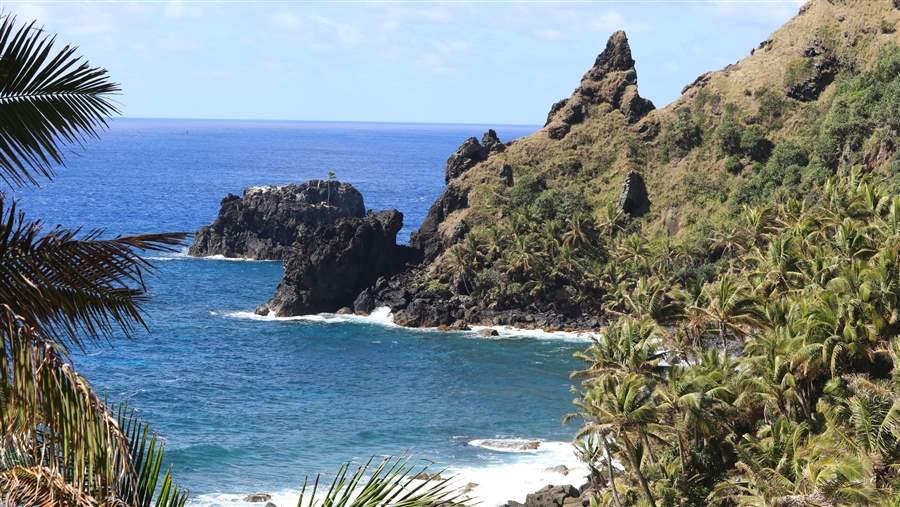 © The Pew Charitable Trusts
© The Pew Charitable TrustsPitcairn is the only inhabited island in the chain, with a population of around 50 people. The majority are descendants of the mutineers of the British Royal Navy’s HMS Bounty, who settled Pitcairn with Tahitian companions in 1790.
LONDON—The Pew Charitable Trusts joins the Pitcairn Island Council in praising Her Majesty’s government for today’s designation of 320,465 square miles (approximately 830,000 square kilometres) as a marine reserve in the remote waters surrounding the Pitcairn Islands in the South Pacific Ocean. The announcement by the United Kingdom’s Foreign & Commonwealth Office follows a one-year pilot surveillance program in these waters using Project Eyes on the Seas, a technology platform developed jointly by Pew and the U.K.-based Satellite Applications Catapult to monitor distant areas of ocean.
In March 2015, the British government announced its intention to create the reserve and to conduct the trial program. Today’s designation marks the first time any government has combined creation of a remote, fully protected marine area with a comprehensive plan to use the most up-to-date available technology to enforce prohibitions on fishing and other activities.
“By protecting the vast array of marine life within these rich waters, the United Kingdom has solidified its position as a leader in ocean conservation,” said Joshua S. Reichert, executive vice president at Pew who oversees strategy for the Global Ocean Legacy and Ending Illegal Fishing projects. “The Pitcairn Islands Marine Reserve sets a new standard for enforcement of protected areas through innovations in satellite technology.”
The monitoring trial, which included more than 10,000 hours of surveillance using Eyes on the Seas, found minimal fishing activity in the remote waters of the Pitcairn Islands’ exclusive economic zone (EEZ) and high compliance with current laws and regulations. With official designation of the marine reserve, all extractive activities, such as industrial fishing and mining, are now prohibited within the EEZ, except for subsistence fishing in a small area set aside for the Pitcairn community.
Her Majesty’s government partnered with Pew and the Switzerland-based Bertarelli Foundation to conduct the trial from June 2015 through May 2016. The Bertarelli Foundation provided funding to test a Wave Glider SV3, a floating drone developed by U.S.-based Liquid Robotics, to gather information from the water’s surface to be incorporated in the analysis. Eyes on the Seas merges satellite tracking and imagery data with other sources of information, such as fishing vessel databases, oceanographic data, and ships’ ownership histories, to provide up-to-the-minute information that can alert officials to suspicious activity.
At roughly 3 ½ times the size of the land area of the U.K., the Pitcairn Islands Marine Reserve protects some of the most intact marine ecosystems on the planet. The waters are home to 1,249 identified species, including at least two found nowhere else on Earth: a species of squirrelfish and the many-spined butterfly fish. The reserve also safeguards one of the world’s only two remaining raised coral atolls—a ring-shaped coral reef as well as 40-Mile Reef, the deepest and most well-developed coral reef known.
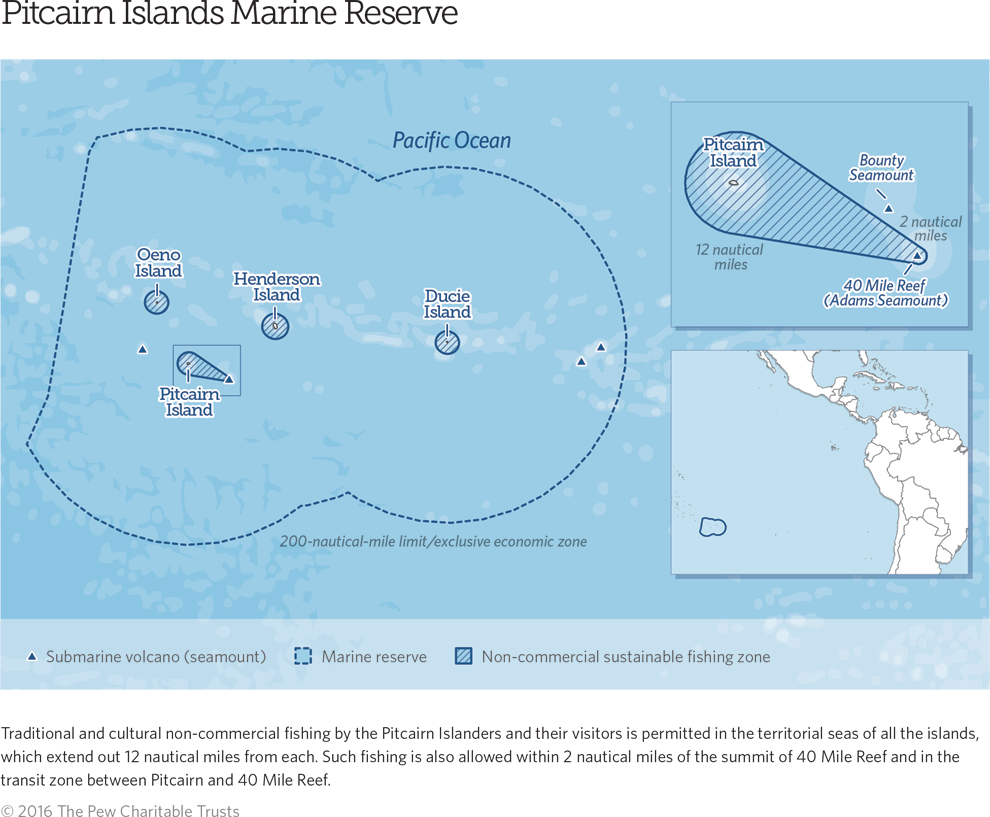
In 2013, Pew’s Global Ocean Legacy project joined the Pitcairn Island Council, the local elected body, and the National Geographic Society in submitting a proposal to the British government for creation of a marine reserve to protect these spectacular waters. Initial consideration started years earlier.
The Pitcairn Island Council praised the designation in a statement: “For over five years, the Pitcairn Island Council has worked closely with the local community and partners to evaluate and promote the benefits of preserving our pristine seas. We are proud that Her Majesty’s government has legally designated over 800,000 square kilometres of our marine environment as a fully protected reserve. When you add in the use of cutting-edge technology to monitor our waters, both the island community and our visitors will continue to enjoy this beautiful ocean habitat for many years to come.”
With its overseas territories, the U.K. serves as caretaker for 2.6 million square miles (more than 6 million square kilometres) of ocean, the fifth-largest marine area of any country. In recent years, the nation has become a leader in the global movement to safeguard critical ocean habitat—establishing the Chagos Marine Reserve in the British Indian Ocean Territory in 2010 and pledging protections for the waters of Ascension Island in the South Atlantic in January of this year.
The U.K., the United States, New Zealand, Palau, and Chile all have announced creation of large, fully protected marine reserves in the past 18 months, a period in which more ocean has been set aside for protection than any other in history.
Even with this progress, only about 3 percent of the ocean has been designated with strong protections. Recent science shows that at least 30 percent needs to be safeguarded in order to conserve biodiversity, support fisheries productivity, and ensure maximum economic, cultural and life-supporting benefits.
###
About The Pew Charitable Trusts
The Pew Charitable Trusts is driven by the power of knowledge to solve today’s most challenging problems. Learn more at www.pewtrusts.org.
About Global Ocean Legacy
Global Ocean Legacy is a partnership established in 2006 to promote the creation of marine reserves in the world’s oceans. Current partners include The Pew Charitable Trusts, Bloomberg Philanthropies, Lyda Hill Foundation, Oak Foundation, The Robertson Foundation, and The Tiffany & Co. Foundation. Learn more at www.globaloceanlegacy.org. Each of these positive developments has been driven by the Great British Oceans campaign, of which Pew is a member.
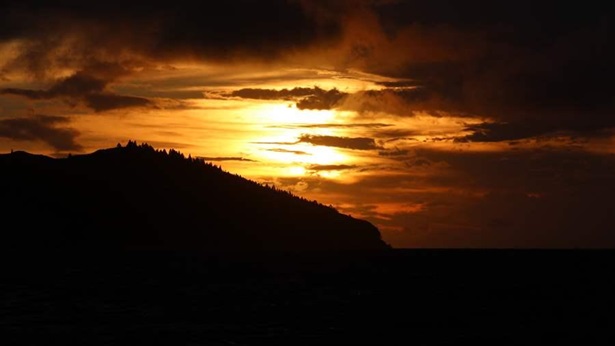
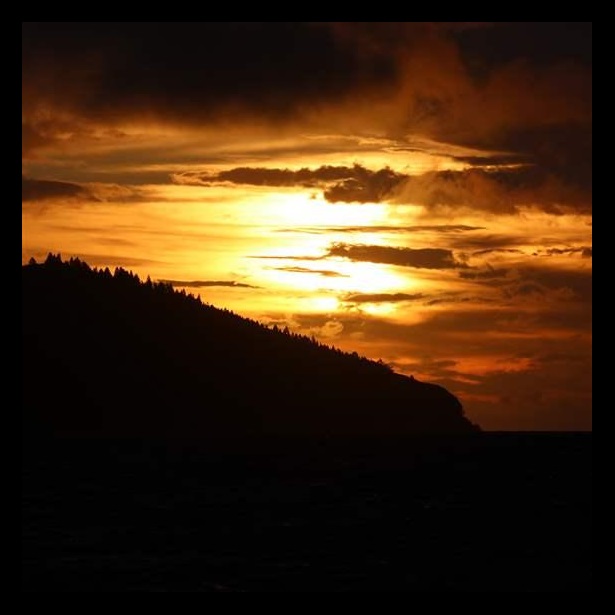
Views of a Remote Island: Pitcairn in Pictures
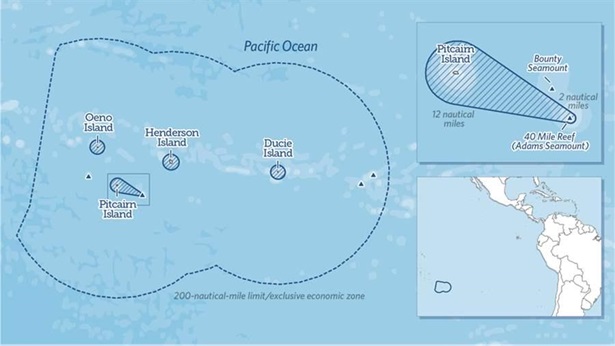
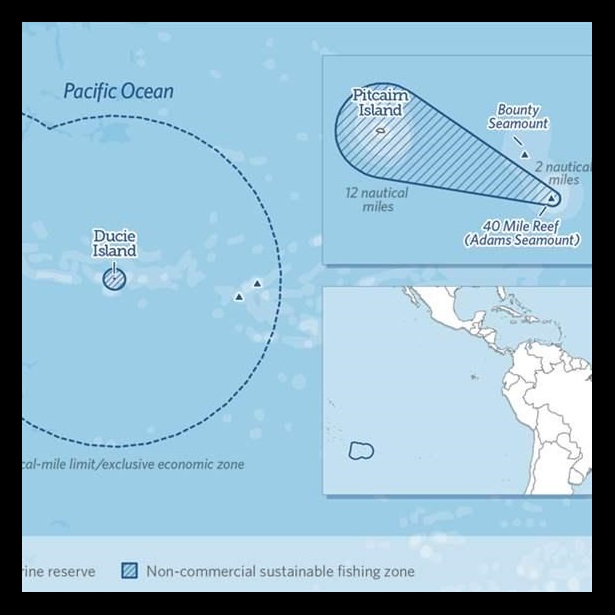
Pitcairn Islands Marine Reserve
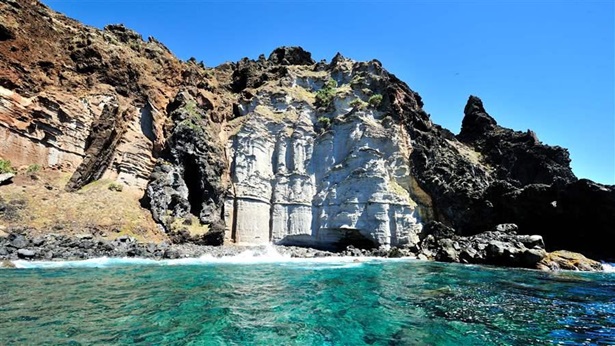
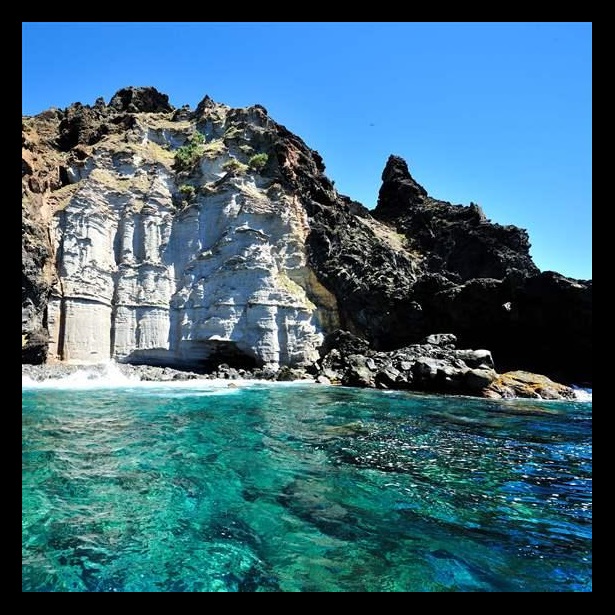
Effective Surveillance in the Waters of the Pitcairn Islands Marine Reserve
Monitoring vessel activity in one of the most remote areas on Earth







